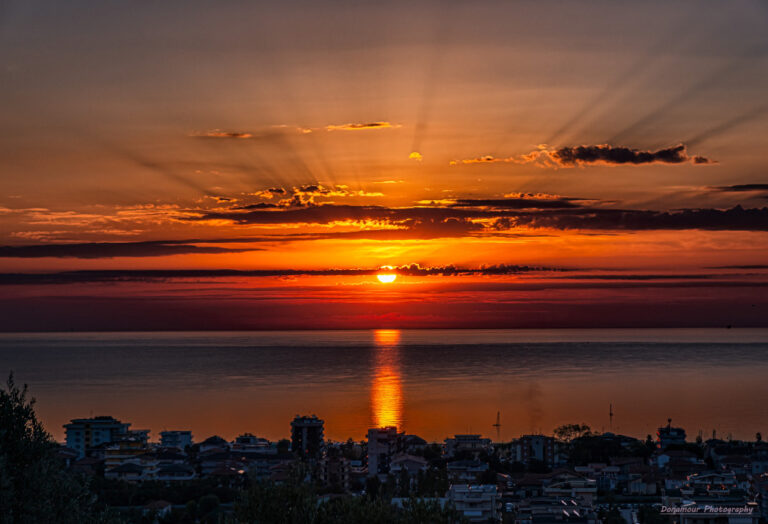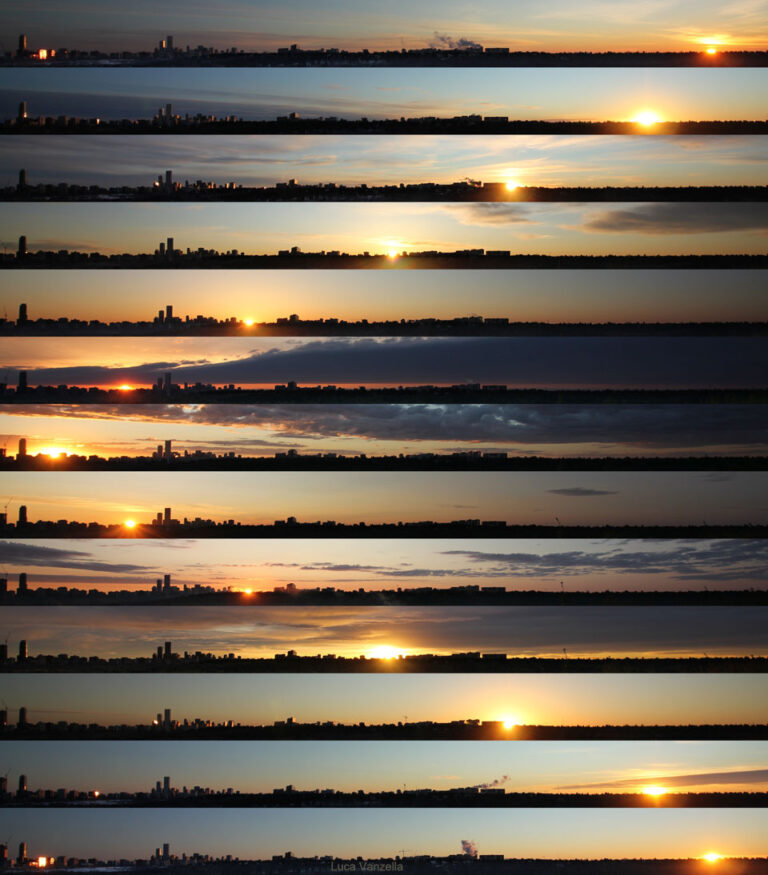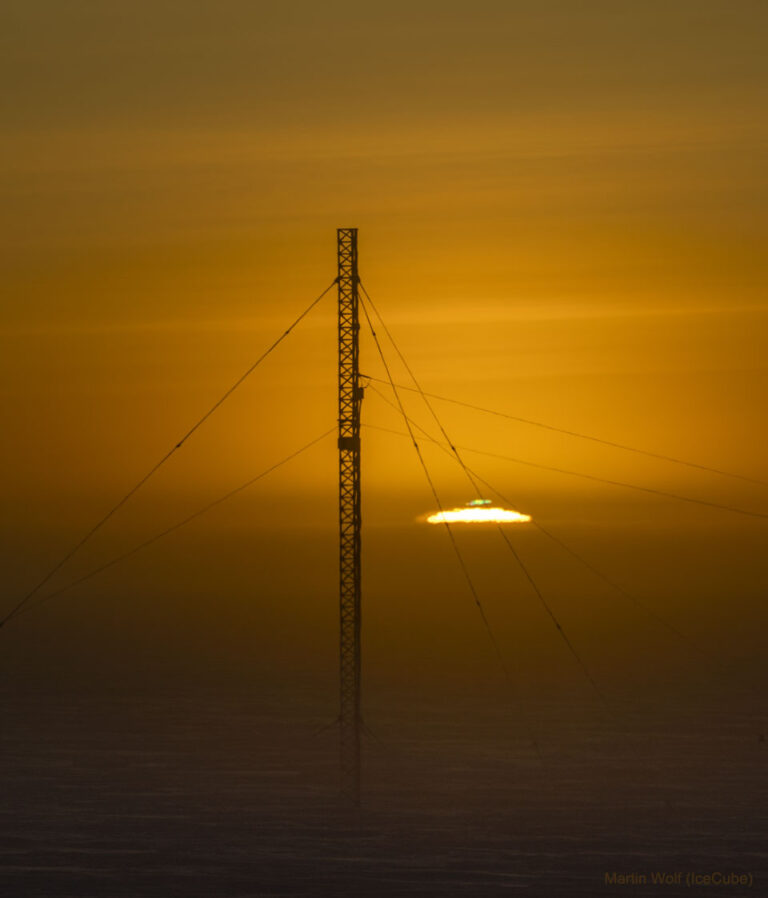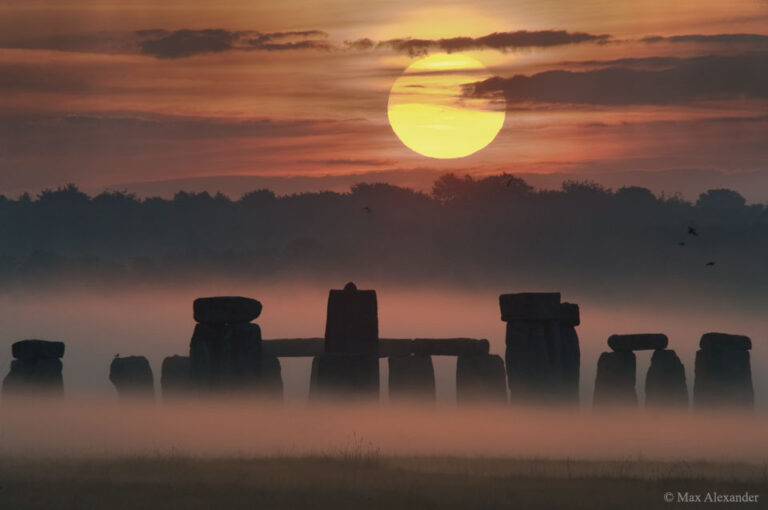澳大利亚日出天空中的A3彗星
A sunrise sky is shown over water and trees. The horizon is orange and the top of the image is deep blue. On the far right vertical bands are shown becoming progressively darker. In each band a comet appears, with the comet appearing increasingly near the top of the image on lighter bands. The main part of the image on the left is the lightest. Please see the explanation for more detailed information.
日出的天空呈现在水面和树木之上。地平线为橙色,图像顶部为深蓝色。最右边的垂直色带逐渐变暗。在每个波段中都有一颗彗星出现,在较浅的波段中,彗星越来越靠近图像顶部。左侧图像的主体部分最亮。有关更多详细信息,请参阅说明。










